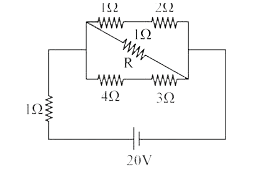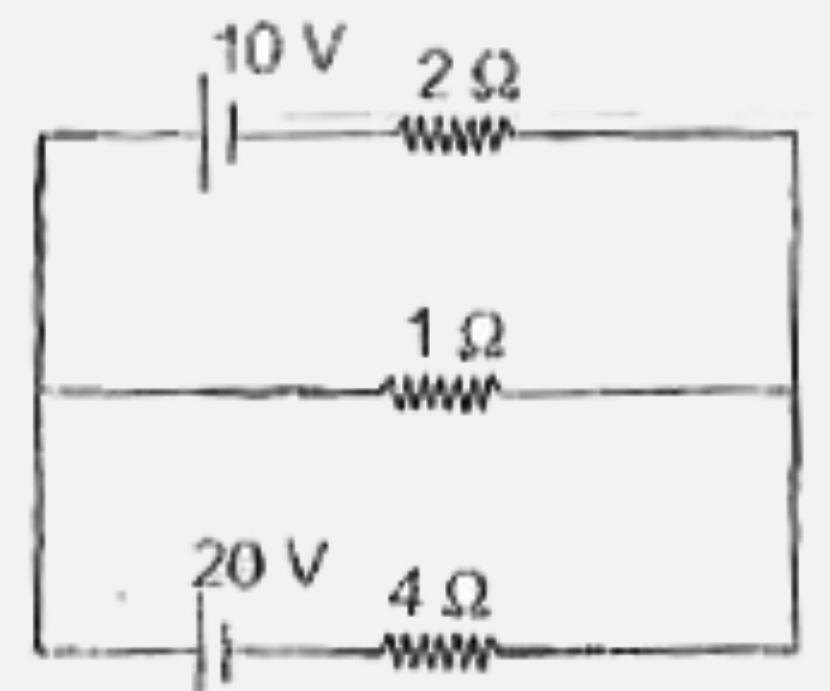The rms value of alternating current which when passed through a resistor produces heat energy four times that produced by directed current of 2 A through the same resistor in same time is
The correct Answer is:r.m.s value
Step by step video, text & image solution for The rms value of alternating current which when passed through a resistor produces heat energy four times that produced by directed current of 2 A through the same resistor in same time is by Physics experts to help you in doubts & scoring excellent marks in Class 12 exams.
Topper's Solved these Questions
- BOOK - MODERN PUBLICATIONCHAPTER - ALTERNATING CURRENT EXERCISE - Revision Exercises Short Answer Questions49videos
ALTERNATING CURRENT
- BOOK - MODERN PUBLICATIONCHAPTER - ALTERNATING CURRENT EXERCISE - Revision Exercises (Long Answer Questions )10videos
ALTERNATING CURRENT
- BOOK - MODERN PUBLICATIONCHAPTER - ALTERNATING CURRENT EXERCISE - Revision Exercises ( Additional Questions )10videos
ALTERNATING CURRENT
- BOOK - MODERN PUBLICATIONCHAPTER - ATOMS EXERCISE - Chapter Practice Test16videos
ATOMS
Similar Questions
Knowledge Check
- Question 1 - Select One
What is the r.m.s. value of an alternating current which when passed through a resistor produces heat which is thrice of that produced by a direct current of 2 amperes in the same resistor?
A6 ampB2 ampC3.46 ampD0.66 amp - Question 2 - Select One
Current through the 5Ω resistor is
 A2AB4ACzeroD1A
A2AB4ACzeroD1A - Question 3 - Select One
The RMS value of AC which when passed through a resistor produces heat, which is twice that produced by a steady current of 1.414A in the same resistor is
A2AB3.46 AC2.818 AD1.732 A
The electric current passing through a metallic wire produces heat because of
View SolutionThe electric current passes through a metallic wire produces heat because of :
View SolutionIf an AC produces same heat as that produced by a steady current of 4 A , then peak value of current is :
View SolutionIn the figure given below, the current passing through 6Ω resistor is
 View Solution
View SolutionFind the current through resistor R.
 View Solution
View Solution


